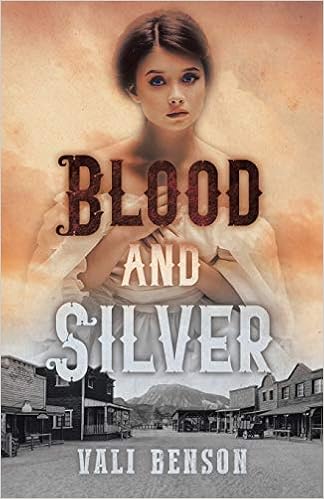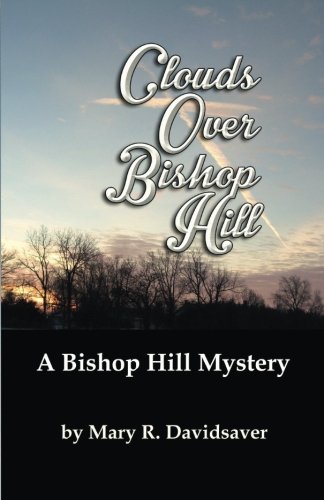I received a free Kindle copy of this book for the purposes of giving my honest review.

Set in 1880 in Tombstone Arizona, Blood and Silver tells a story of something that could have happened during the area’s silver rush. Carissa arrives in the silver boom-town with her mother, her mother’s boss, and her mother’s coworkers, and conflict immediately ensues when a murder occurs in her new home. She makes many friends, several unlikely for anyone else without Carissa’s wit and charm, who help her try to get her mother off Laudeman and away from her abusive and dangerous situation. She meets several dangerous challenges along the way.
Blood and Silver is a well-written and easy-to-read, enjoyable story, which seemed to be essentially told from Carissa’s point of view. However, there was some “head-hopping” though I didn’t interpret the point-of-view as intending to be omniscient. The book is characterized as Young Adult, but I’m not sure it fits that genre. The heroine is the correct age; however, it read to me more like a middle-grade novel with the subject matter regarding prostitution seeming inappropriate for that age group. Since I’m an adult, it really doesn’t matter, though.
Vali’s research on the state of Tombstone at that time period is well done; I feel like I could go there and retrace the story. Her passion for and interest in history shines through in that Vali took a real place with real time-appropriate conditions and set a fictional story into that setting flawlessly.
I read this book in a couple of sittings in a couple of hours, so on a can’t-put-it-down-scale of one for I couldn’t even finish it to ten for I was up until the wee morning hours, I give it a nine.
Source: Benson, Vali. (2020) Blood and Silver. Tellwell Talent.






